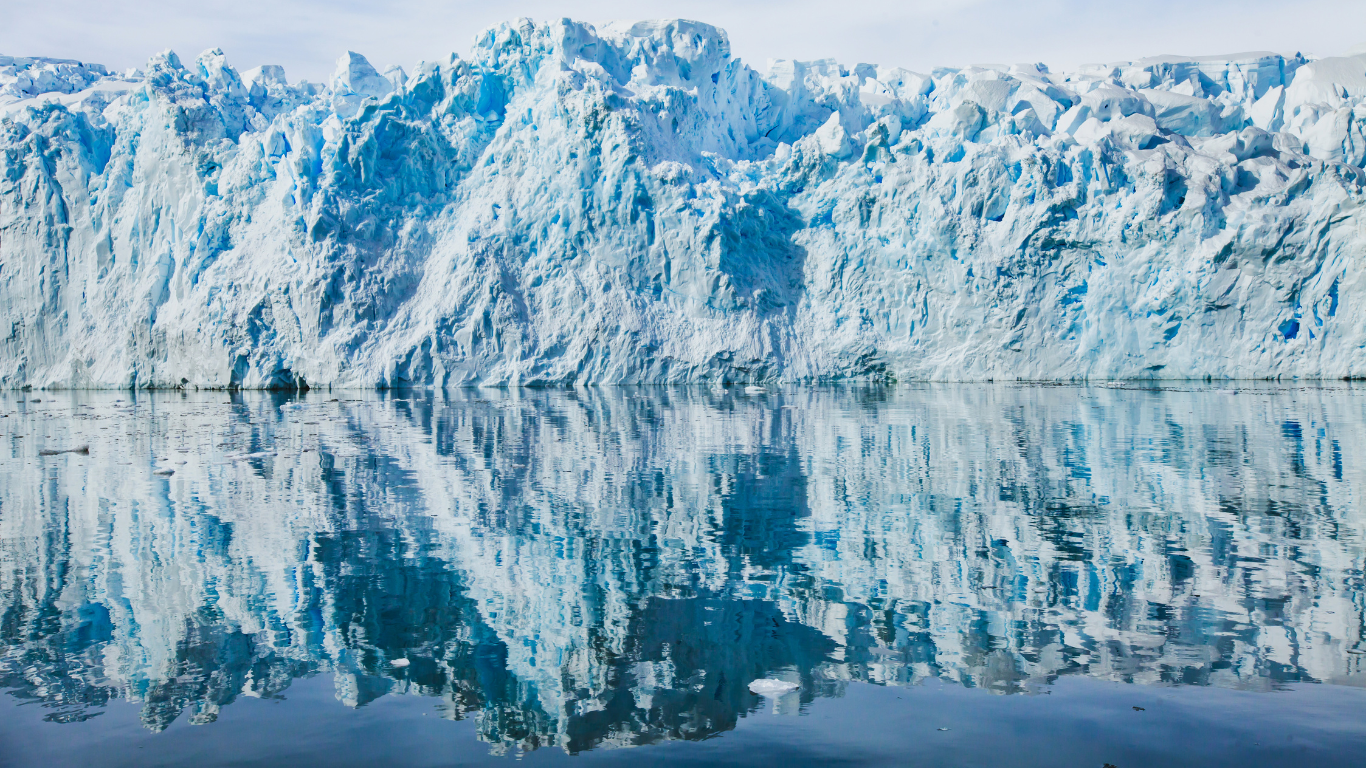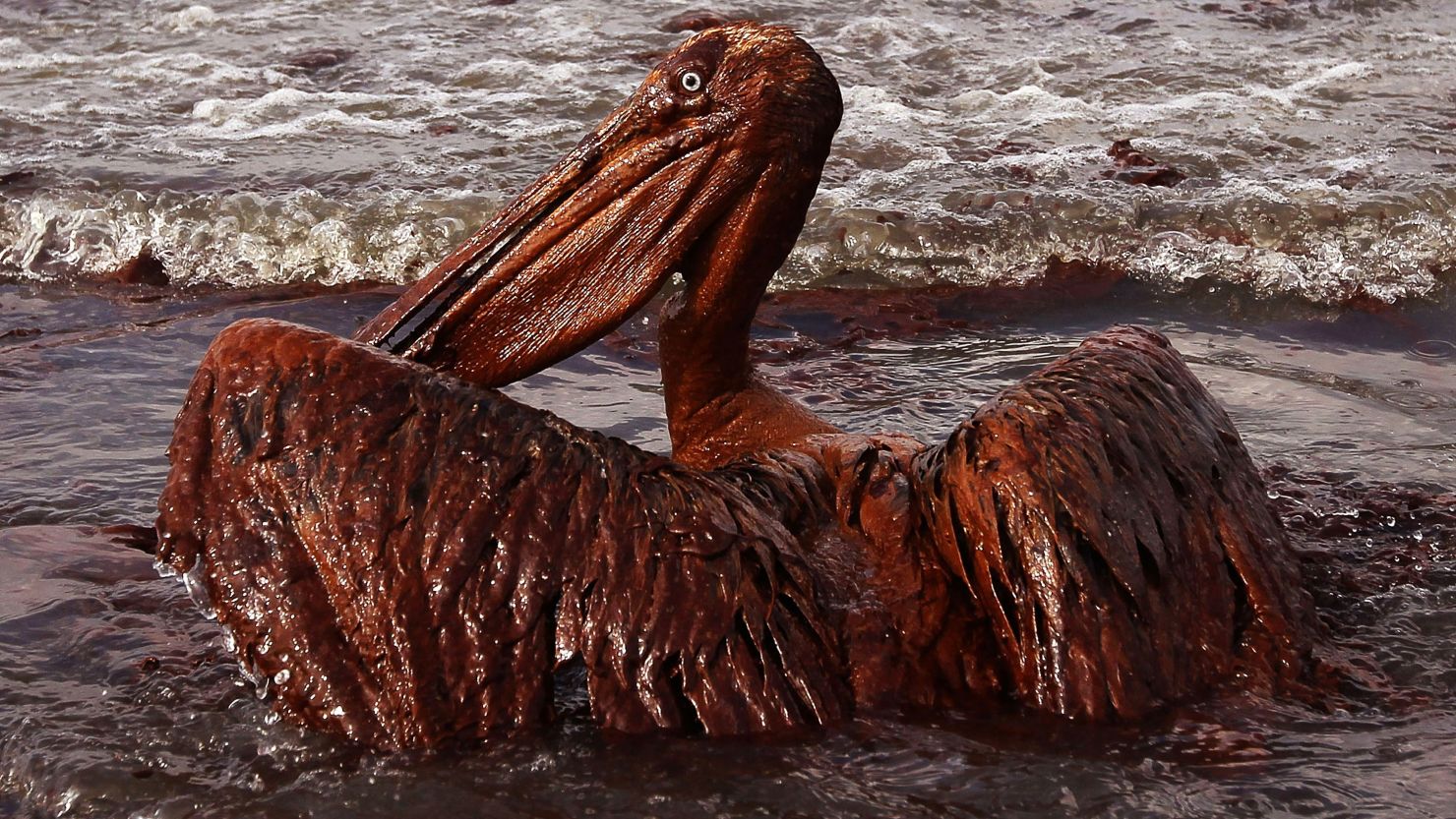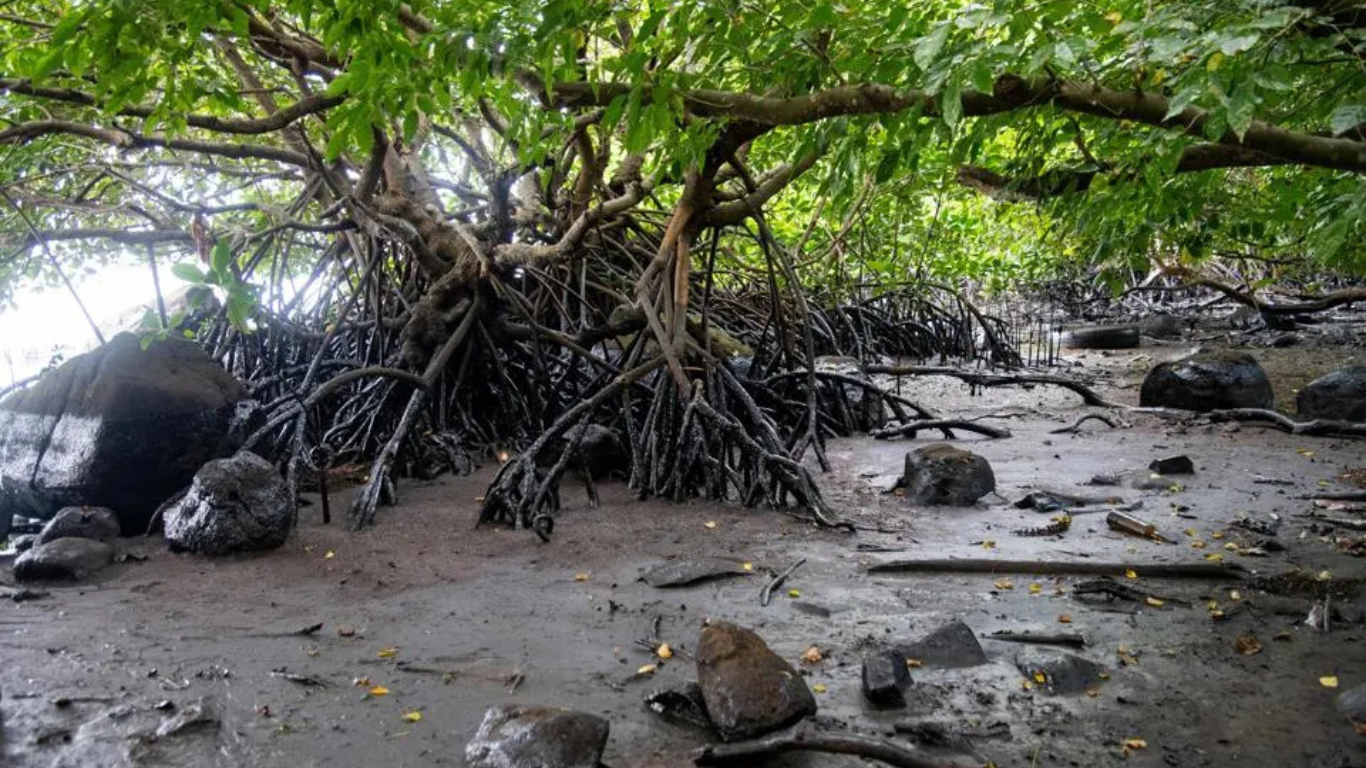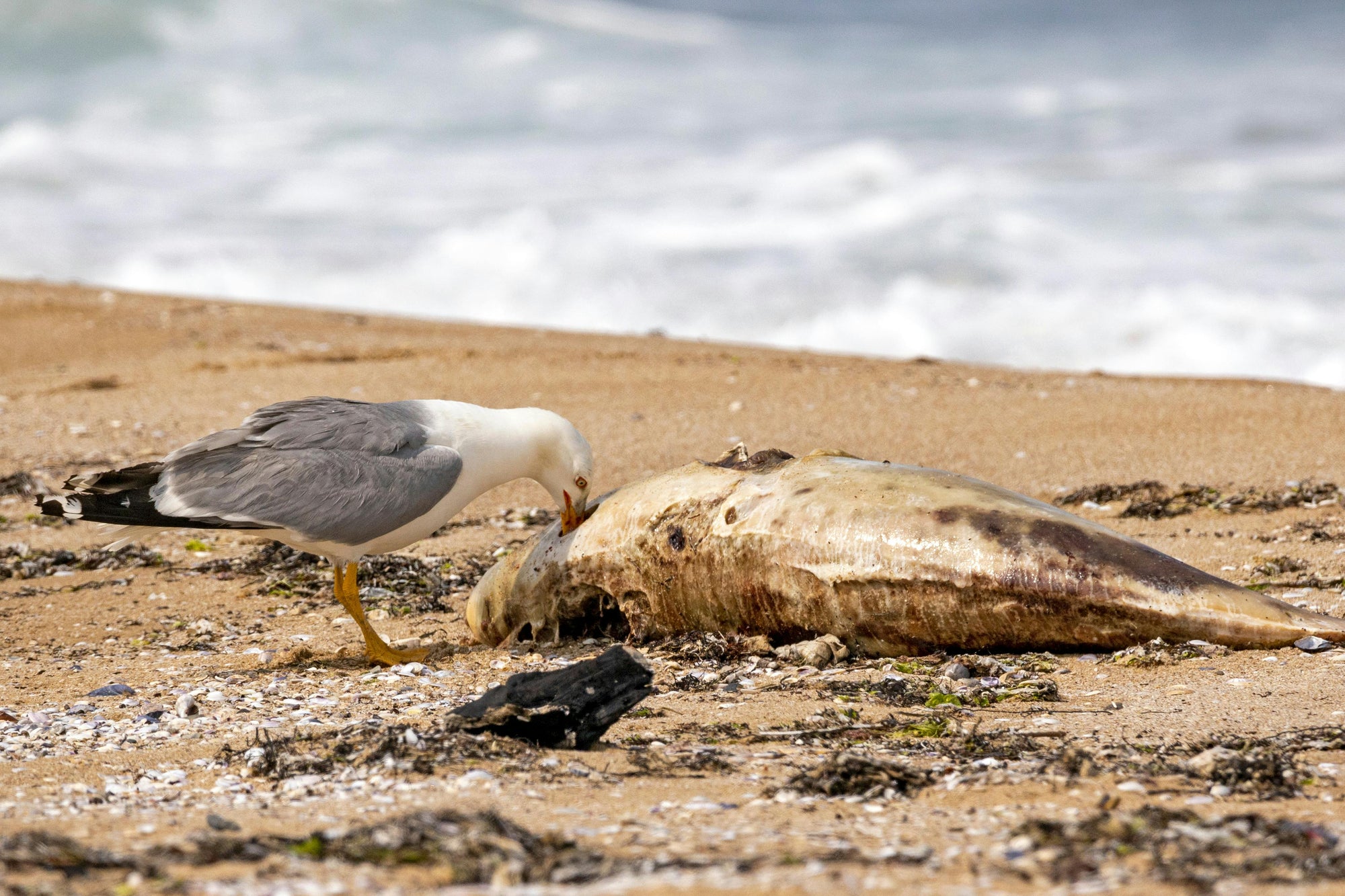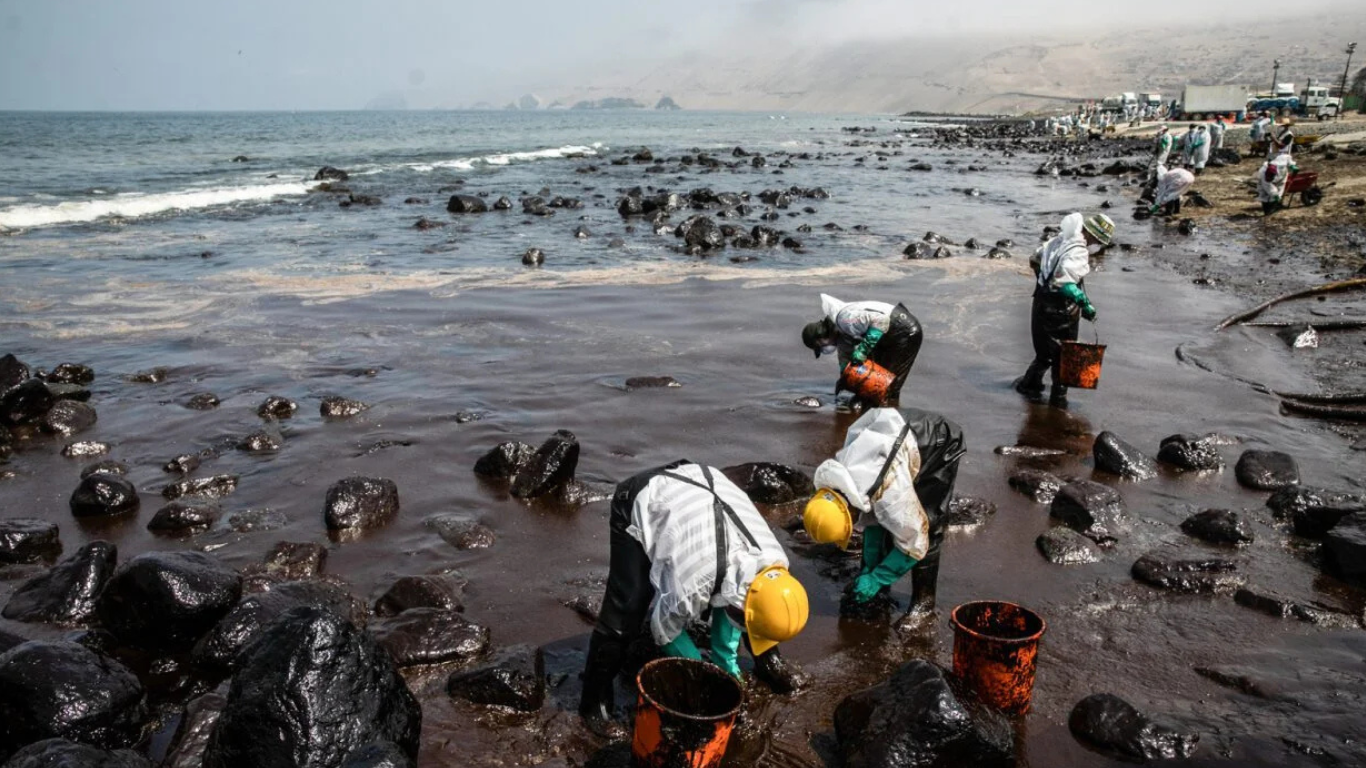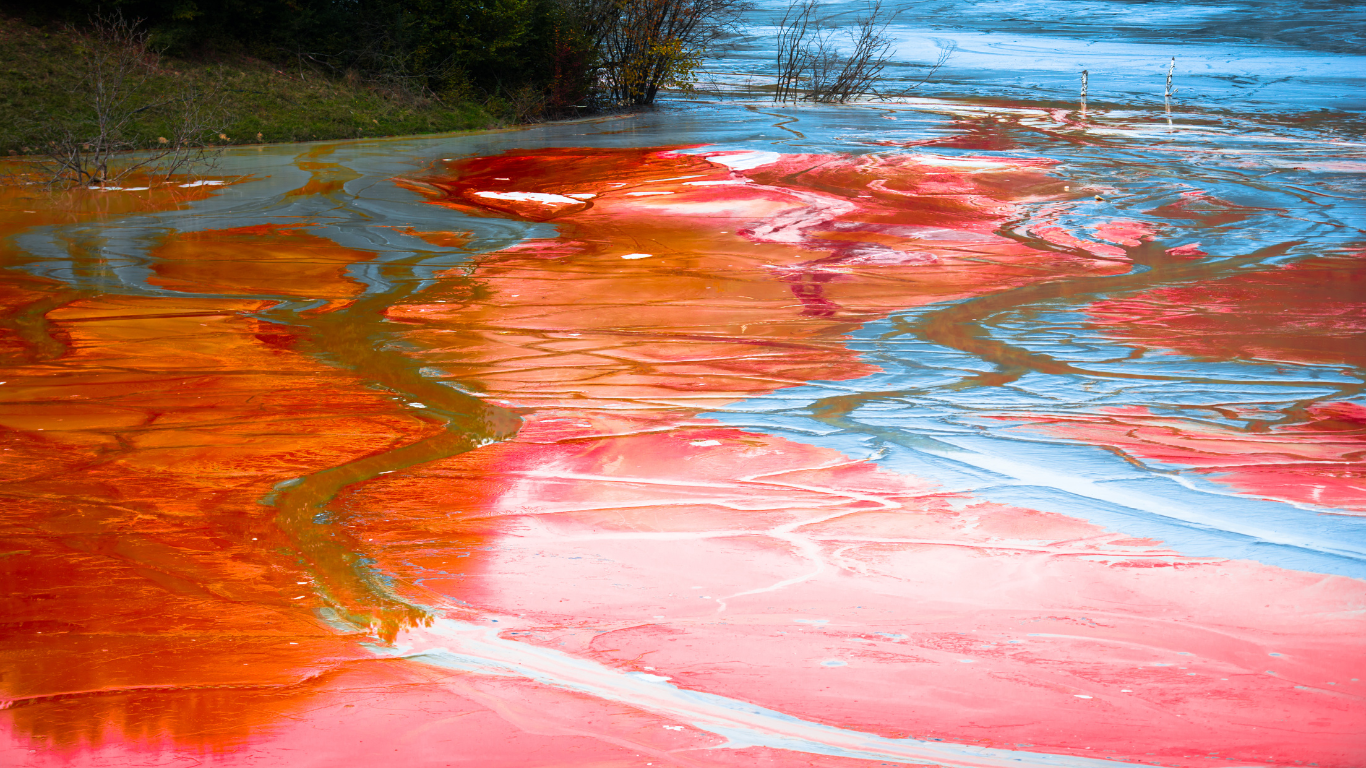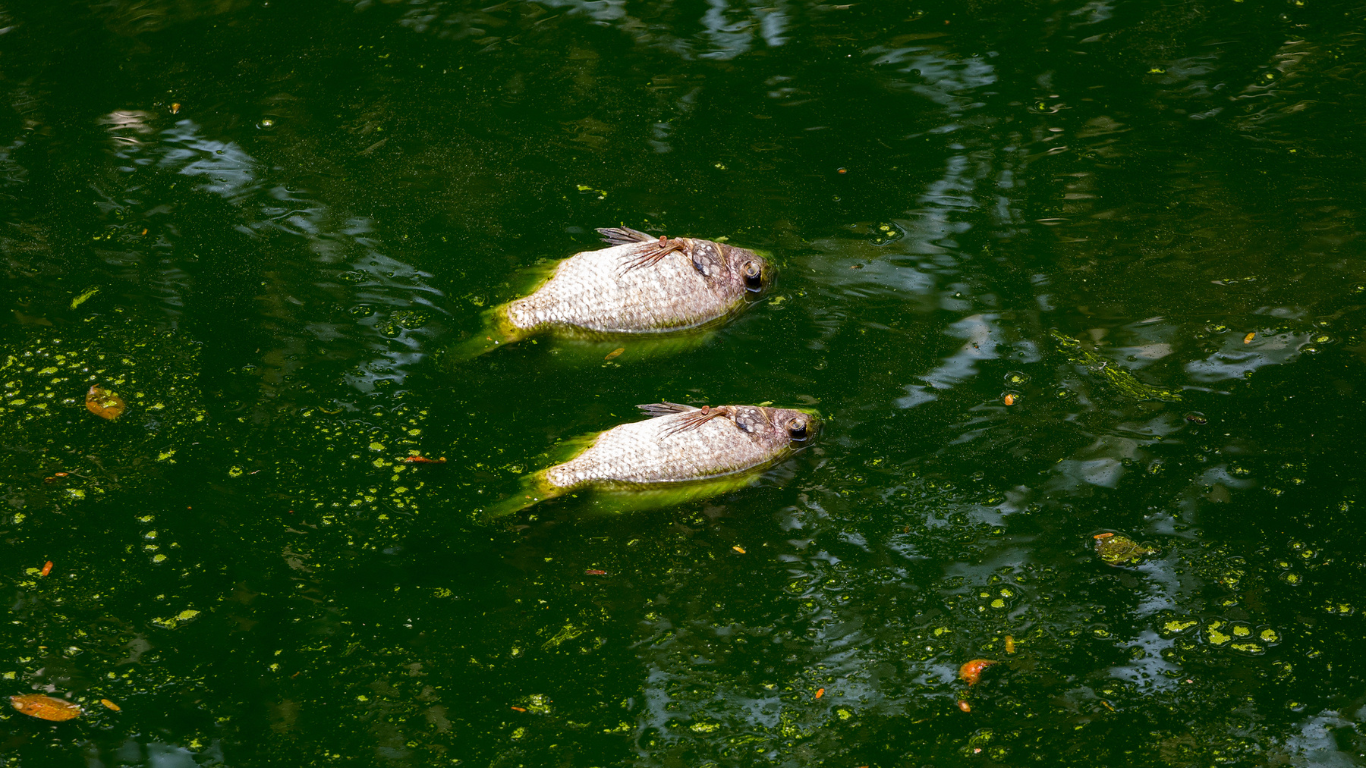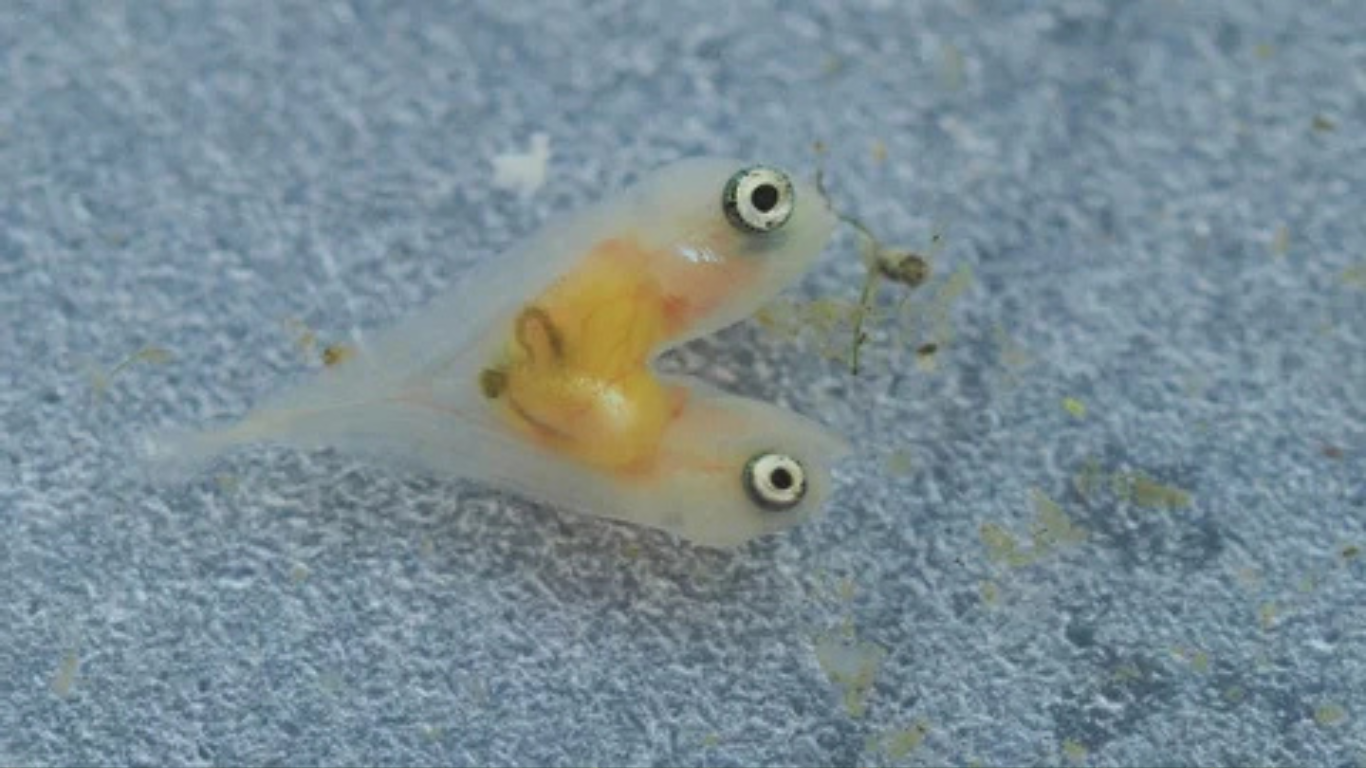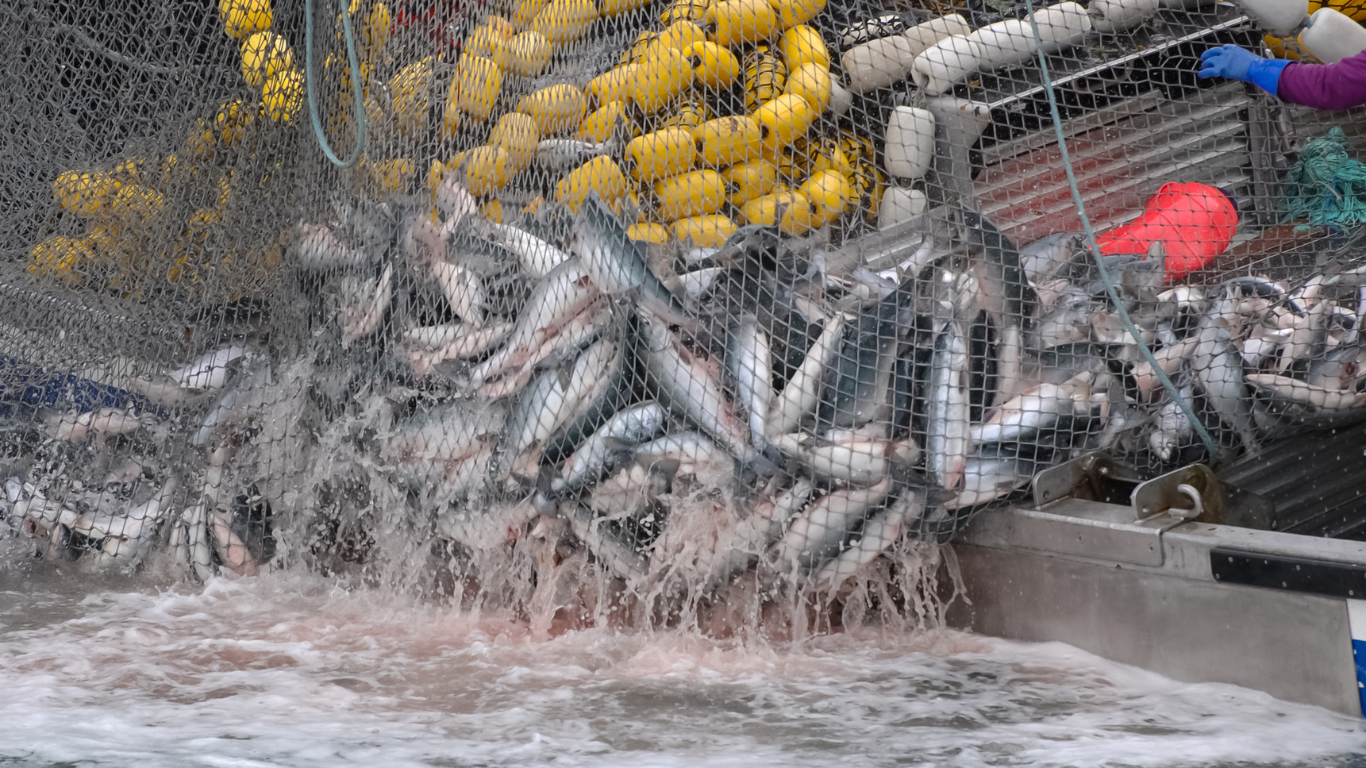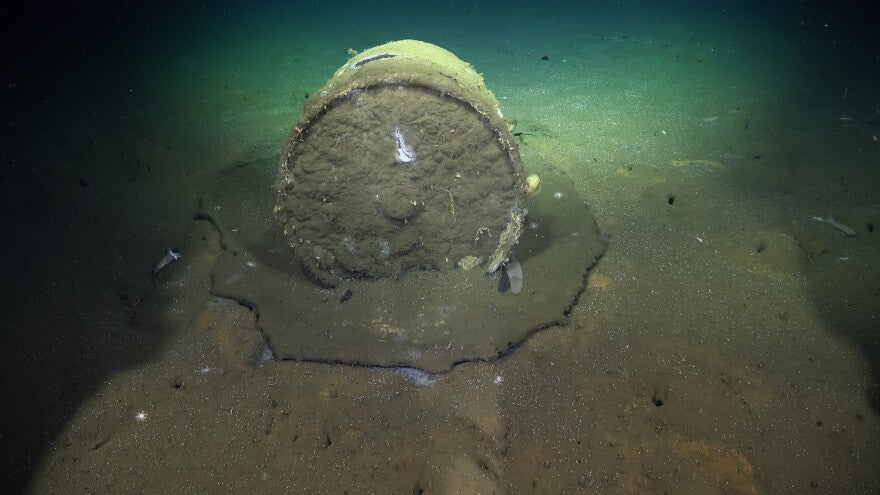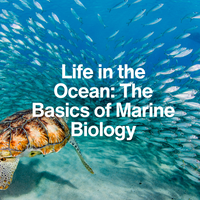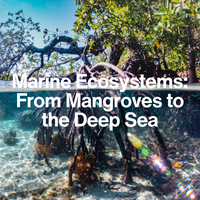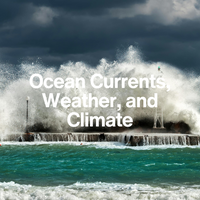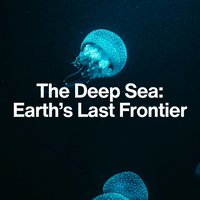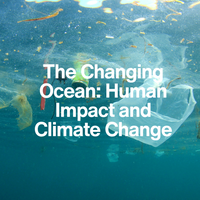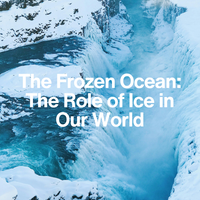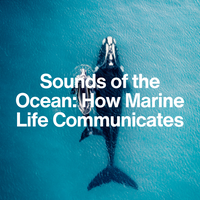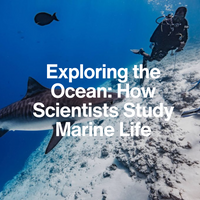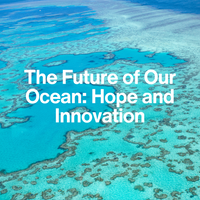LESSON 5
Oil Spills, Chemicals, and Toxic Waste in the Ocean
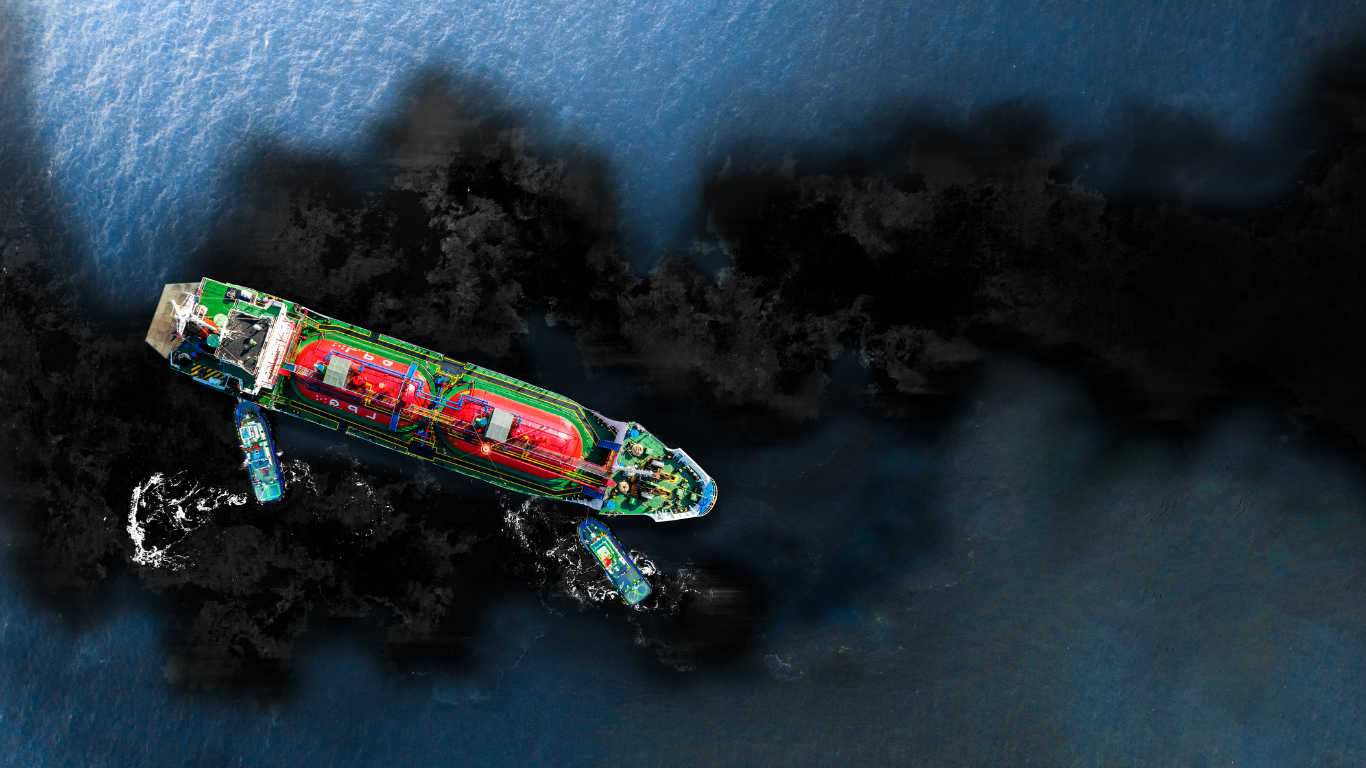
Introduction:
Poisoning the Blue Planet
Oil spills might grab headlines, but they’re just one chapter in a far bigger story of ocean pollution. Every day, a toxic cocktail of industrial chemicals, agricultural runoff, sewage, heavy metals, and hazardous waste seeps into the sea—often unnoticed.
These pollutants don’t just vanish. They linger for decades, moving through currents and into the food chain. The damage is silent but profound—affecting marine life, entire ecosystems, and even our own health.
In this lesson, we’ll explore three key threats.
1. Oil Spills: Black Tide
What’s the issue?
Oil spills occur when crude oil or petroleum products are accidentally or intentionally released into the ocean. These slicks spread fast and coat everything they touch—poisoning marine ecosystems from the surface down.
Common sources include:
- Tanker accidents and pipeline leaks
- Offshore drilling rig failures
- Operational discharges from ships
- Illegal dumping of waste oil
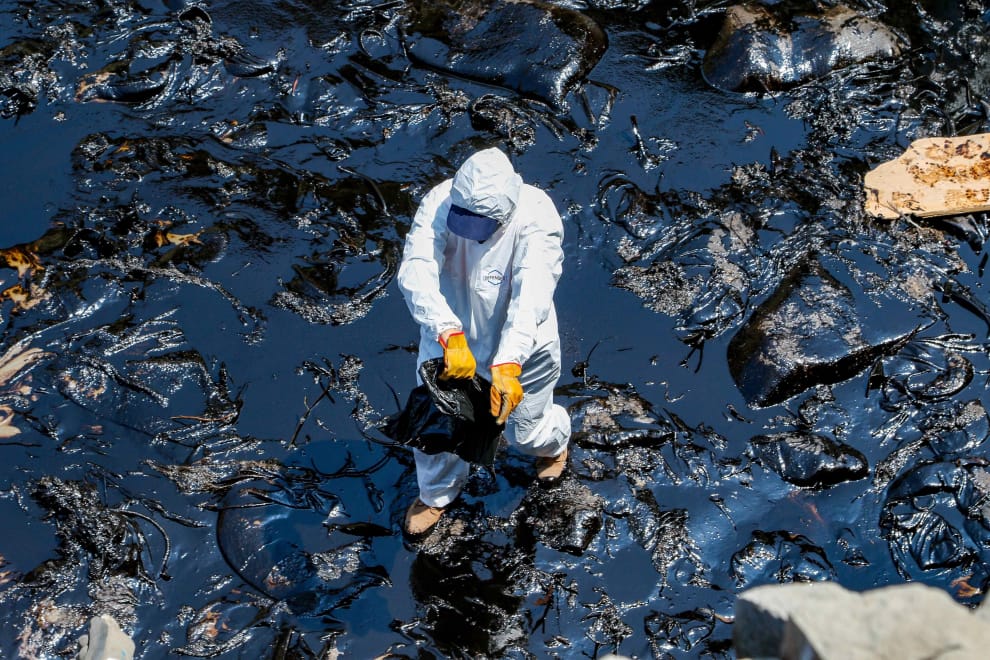
Did you know?
One litre of oil can contaminate up to a million litres of seawater.
2. Chemical Runoff and Industrial Waste
What’s the issue?
Pollutants from land—including fertilisers, pesticides, pharmaceuticals, detergents, sewage, and heavy metals—are washed into rivers and carried to the sea. Industries also discharge waste directly into waterways, adding a wide array of harmful substances.
Main sources include:
- Agricultural runoff from farms
- Industrial discharge (factories, mining, refineries)
- Wastewater and sewage outflows
- Atmospheric deposition (pollutants falling from the air into the sea)
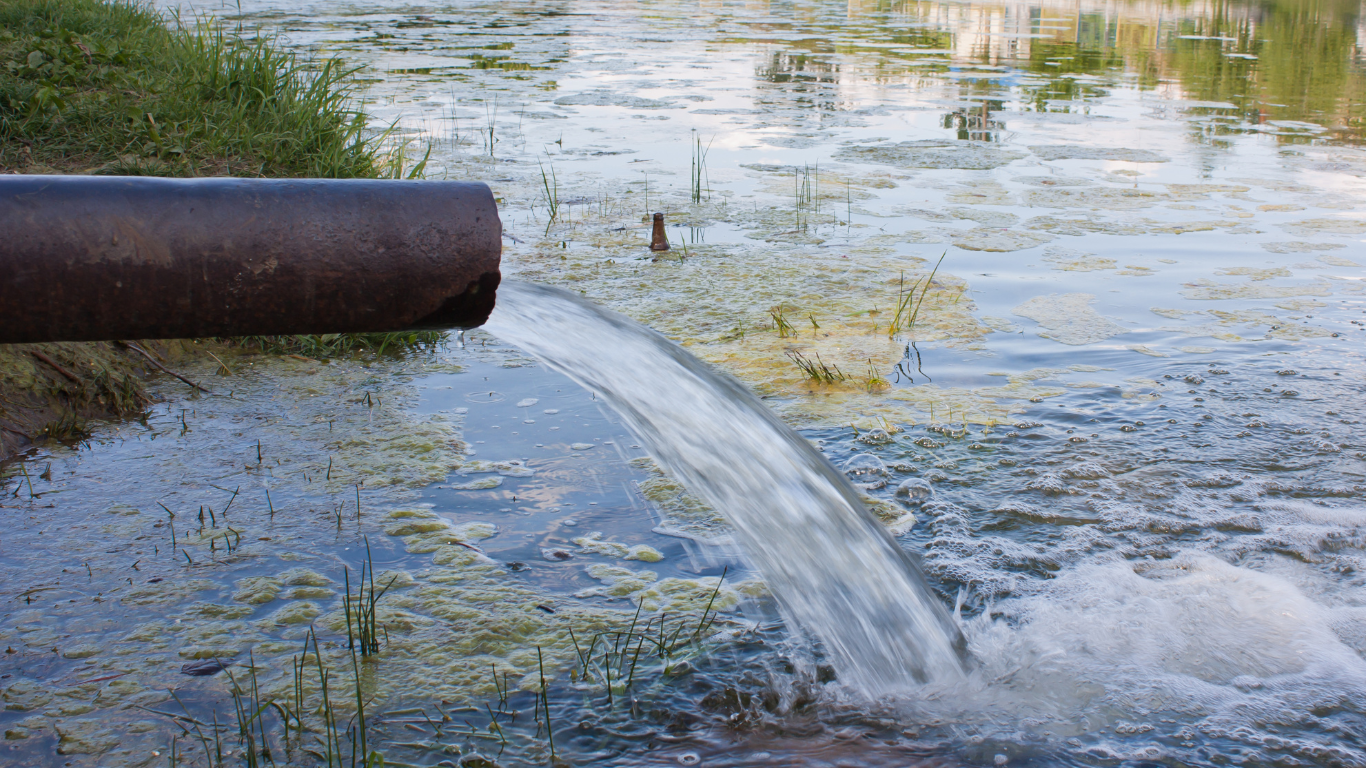
Did you know?
Mercury from coal-burning power plants ends up in tuna, swordfish, and other top predators—posing a health risk to people who eat them.
3. Toxic Dumping: Out of Sight, Not Out of the Ocean
What’s the issue?
Toxic dumping refers to the deliberate disposal of hazardous substances—like radioactive waste, chemical sludge, sewage, and even military munitions—into the ocean. Though banned or tightly regulated in many countries, illegal dumping still occurs, and historic dumping sites continue to leak toxins today.
Examples of dumped materials include:
- Barrels of industrial waste
- Radioactive material from nuclear testing
- Medical waste and pharmaceuticals
- Raw sewage and sludge
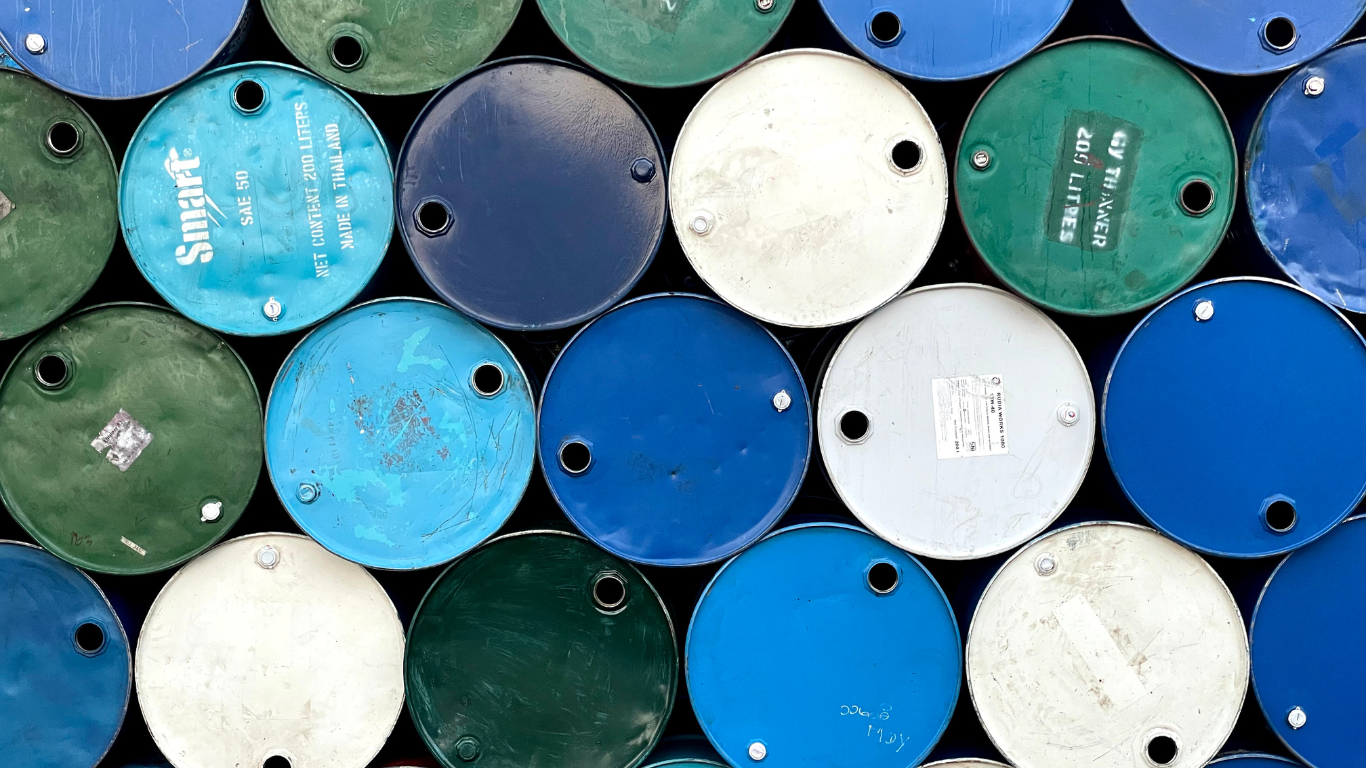
Did you know?
For decades, parts of the ocean were used as chemical landfills—including off the coasts of the U.S., U.K., and former Soviet Union.
Conclusion
Invisible Threats, Lasting Damage
Unlike plastic waste, oil, chemical, and toxic pollution often remain out of sight—but their effects are deep, widespread, and enduring. These pollutants weaken entire ecosystems, threaten biodiversity, and pose direct risks to people who rely on the ocean for food, livelihoods, or recreation.
The good news? Many of these problems are preventable. Stronger regulations, cleaner technologies, and global cooperation can stop toxic waste from entering the ocean—and begin healing what’s already been harmed.
Key Takeaways:
Oil spills smother marine life and contaminate coastlines and food webs.
Chemical runoff and industrial waste can poison sea creatures and humans.
Toxic dumping has long-lasting effects that may persist for decades.
Prevention, regulation, and cleanup are essential to protect ocean health.
NEXT LESSON
What’s the Difference Between Sea Ice, Icebergs, and Glaciers?
Our next topic takes us to the frozen ends of the Earth. In this lesson, we’ll explore the types of ocean ice and how they shape weather, wildlife, and the planet.
